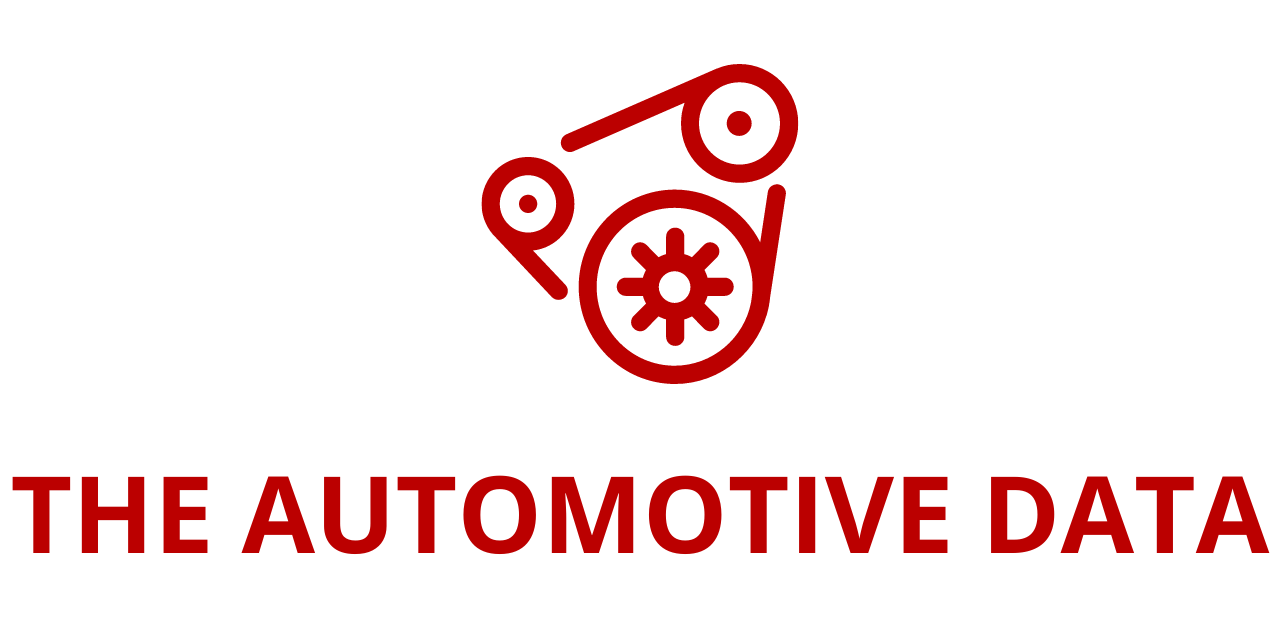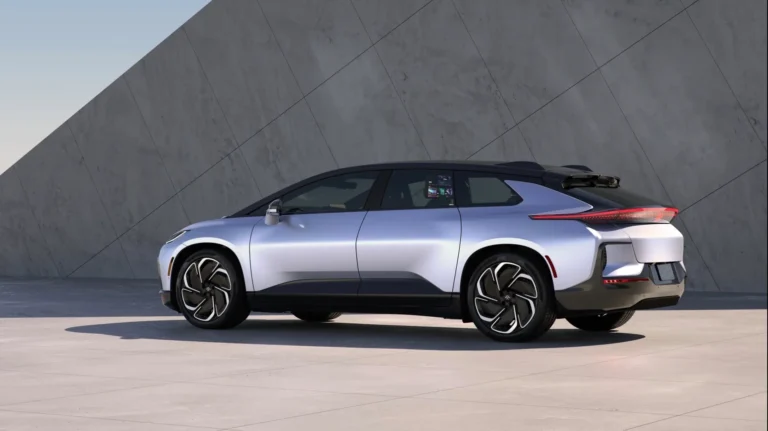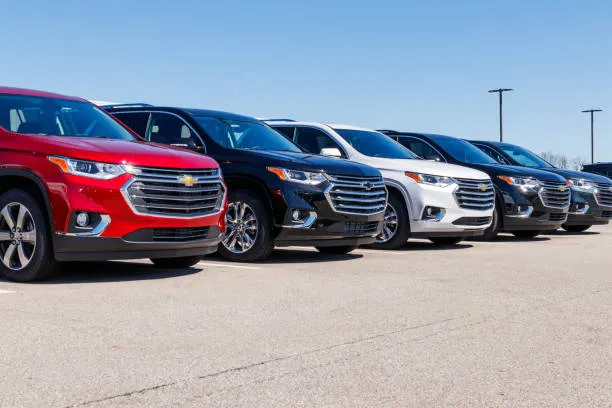
Comprehensive Analysis of the Global OE Automotive Accessories Market, 2025-2030: Trends, Innovations, and Key Players
OE Accessories in the Automotive Aftermarket, 2025-2030” to its extensive market research portfolio. This study offers a thorough examination of the original equipment (OE) accessories segment within the automotive aftermarket, focusing on key regions including North America, Europe, and Asia-Pacific (APAC).
The report delves deeply into market trends, technological progressions, consumer behavior shifts, and competitive dynamics that are shaping the OE automotive accessories space over the forecast period from 2024 to 2030. The primary emphasis lies on the OES (Original Equipment Supplier) channel, which remains crucial for vehicle manufacturers and aftermarket participants alike.
Market Segmentation and Product Categories
The study segments the automotive accessories market into four major categories, reflecting the diversity of consumer and commercial vehicle needs:
- External Accessories: These include products such as roof racks, spoilers, running boards, and protective body kits that enhance vehicle appearance and utility.
- Internal Accessories: Covering interior components like seat covers, floor mats, infotainment upgrades, and interior lighting that improve comfort and personalization.
- Electrical, Electronics, and Connectivity Accessories: A rapidly expanding category, it includes smart devices, sensors, advanced driver-assistance systems (ADAS), telematics units, and connectivity modules.
- Car Care and Aesthetics Accessories: Products aimed at vehicle maintenance and styling, such as cleaning kits, waxes, detailing tools, and protective coatings.
Key Industry Players and OEM Collaborations
The report highlights significant innovations and strategic partnerships involving leading automotive OEMs such as Ford Motor Company, Toyota Motor Corporation, Volkswagen AG, and General Motors Company. These industry giants are actively collaborating with accessory manufacturers and technology providers to expand their aftermarket presence and align with evolving vehicle technologies, especially CASE (Connected, Autonomous, Shared, Electric) systems.
These collaborations are helping OEMs to:
- Introduce smarter, tech-enabled accessories.
- Enhance aftermarket revenues.
- Strengthen customer engagement beyond the point of vehicle sale.
Strategic Imperatives Impacting OE Accessories
The report identifies three critical strategic imperatives driving transformation in the OE automotive accessories aftermarket:
1. Innovative Business Models
Today’s automotive consumers increasingly demand personalized experiences and convenience. OEMs are responding by adopting innovative business models that go beyond traditional sales channels. These models include subscription services, digital platforms, and customization options, all aimed at boosting accessory sales while fostering stronger post-sale customer relationships.
The integration of data analytics and digital tools enables OEMs to offer tailored accessories based on user preferences and vehicle usage patterns, thus enhancing customer satisfaction and loyalty. Sustainability is also a key focus, with OEMs developing eco-friendly accessories aligned with broader environmental goals.
2. Customer Value Chain Compression
Consumers expect fast, seamless, and frictionless purchase experiences. To meet this demand, OEMs are working to compress the value chain by streamlining distribution networks and leveraging direct-to-consumer sales models. This enables quicker delivery, better customization, and improved pricing competitiveness.
By simplifying the value chain, OEMs can capture richer consumer insights, allowing for more responsive product development and marketing strategies. Future trends in this area emphasize speed, convenience, and efficiency in the purchasing process, often supported by advanced eCommerce platforms.
3. Disruptive Technologies
The integration of disruptive technologies such as Internet of Things (IoT) devices, connected sensors, and electric vehicle (EV)-specific accessories is reshaping the market. These innovations enable OEMs to differentiate their offerings and address growing demands for connectivity, automation, and sustainability.
For example, smart accessories that communicate with vehicle systems or mobile devices provide enhanced safety, convenience, and personalization. As electric and autonomous vehicle adoption accelerates, demand for such technologically advanced accessories will rise sharply.
Growth Drivers Shaping the Market
The report details several prominent growth drivers expected to fuel the OE accessories market over the next five to six years:
- Increased Integration of Connected and Smart Technologies: As vehicles become increasingly connected, demand for smart accessories embedded with IoT capabilities grows. Accessories supporting infotainment, security, navigation, and remote diagnostics are gaining traction.
- Expansion of eCommerce and Digital Retail: OEMs are capitalizing on the rise of eCommerce to expand their aftermarket reach. Digital channels enable broader market access, convenient shopping, and personalized product recommendations.
- Focus on Post-Sales Revenue: With vehicle profit margins under pressure, OEMs are turning to aftermarket accessories as a high-margin revenue stream. This approach not only supports immediate growth but also secures long-term customer relationships.
- Rising Adoption of CASE and Hybrid Vehicles: The growth of connected, autonomous, shared, and electric vehicles demands specialized accessories designed for these platforms, creating new market segments for OEMs.
- Growth of Autonomous Driving and ADAS Accessories: With autonomous and advanced driver-assistance systems gaining adoption, related accessories—such as advanced sensors, cameras, and in-cabin technologies—are becoming increasingly important.
Market Challenges and Restraints
Despite strong growth prospects, the market faces several challenges:
- Economic Uncertainty: Fluctuating economic conditions influence consumer spending priorities, potentially affecting accessory sales.
- Cybersecurity Concerns: As accessories become more connected, data security and privacy issues become critical challenges.
- High Cost of Advanced Technologies: Developing and manufacturing tech-rich accessories involves significant investment, which can limit adoption, especially in price-sensitive markets.
- Short Product Life Cycles: Technology-driven accessories often face rapid obsolescence, posing inventory and marketing challenges.
- Lack of Standardization: The absence of industry-wide standards for smart accessories hampers interoperability and consumer confidence.
Geographic and Customer Segment Insights
The report analyzes the market by geography, focusing on North America, Europe, and Asia-Pacific, each with distinct preferences and growth dynamics:
- North America: Strong aftermarket culture, rapid eCommerce adoption, and high penetration of CASE vehicles drive accessory demand.
- Europe: Increasing focus on sustainability, regulatory pressures, and premium vehicle ownership shape market trends.
- Asia-Pacific: Rapid vehicle population growth, urbanization, and rising middle-class consumers fuel demand, with China and India as key growth engines.
The study also segments customers into private owners, fleet operators, and DIY (do-it-yourself) versus DIFM (do-it-for-me) customers, highlighting different purchasing behaviors and accessory preferences.
Key Trends and Opportunities
Several emerging trends are transforming the OE accessories aftermarket:
- Premiumization: Both mass-market and luxury OEMs are focusing on premium accessory offerings that enhance vehicle value and customer experience.
- Subscription-Based Accessory Models: OEMs are exploring subscription services that provide consumers access to a range of accessories with flexible payment options.
- Safety and Security Accessories: Increasing demand for security-focused products, such as anti-theft devices and driver safety enhancements.
- Fleet Customization: Tailored accessory packages for fleet operators addressing efficiency, safety, and branding needs.
Benchmarking and OEM Performance
The report benchmarks OEMs on various strategic criteria, such as product innovation, pricing strategies, market positioning, and customer engagement across accessory categories. It highlights differences in approach and success factors that contribute to competitive advantage in the aftermarket.
Conclusions and Future Outlook
The report closes with three major predictions for the OE automotive accessories market:
- Subscription Models Will Gain Traction: Offering ongoing revenue streams and enhanced customer touchpoints.
- Safety and Security Accessories Will Expand Rapidly: Driven by regulatory requirements and consumer awareness.
- Fleet Customization Will Become a Key Growth Avenue: Reflecting the growing importance of commercial vehicle segments.
Companies Featured
This comprehensive report features leading automotive manufacturers and accessory providers, including:
- Ford Motor Company
- Toyota Motor Corporation
- Volkswagen AG
- General Motors Company
Final Thoughts
As the automotive landscape undergoes rapid transformation driven by CASE technologies, digital retailing, and evolving consumer expectations, the OE automotive accessories market stands at a pivotal juncture. OEMs that innovate with personalized, tech-enabled accessories while streamlining customer experience and leveraging strategic partnerships will be well positioned to capture significant aftermarket value through 2030.







